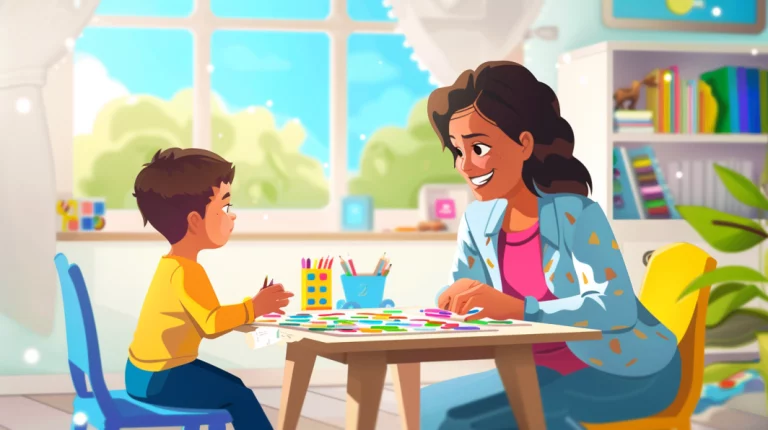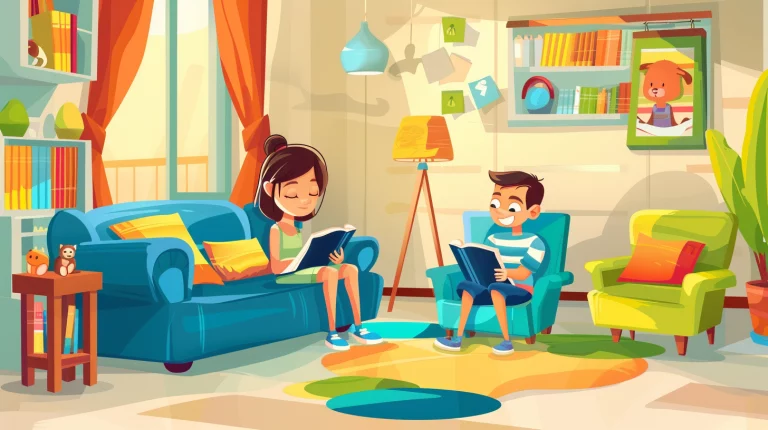15 Exciting Activities to Help Preschoolers Learn CVC Sentences
Are you looking for exciting activities to help your preschoolers learn CVC sentences?
Teaching CVC words is a crucial part of developing early literacy skills, but it can be challenging to keep young learners engaged.
The good news is that there are many fun and interactive ways to make learning CVC sentences enjoyable for your students.
In this blog post, we’ll explore 15 exciting activities designed to help preschoolers master CVC sentences while having a blast.
From hands-on games to creative projects, these activities will keep your students engaged and motivated to learn.
Get ready to discover various ways to teach CVC sentences that will make your preschoolers eager to participate and build their reading and writing skills.
1. CVC Word Recognition
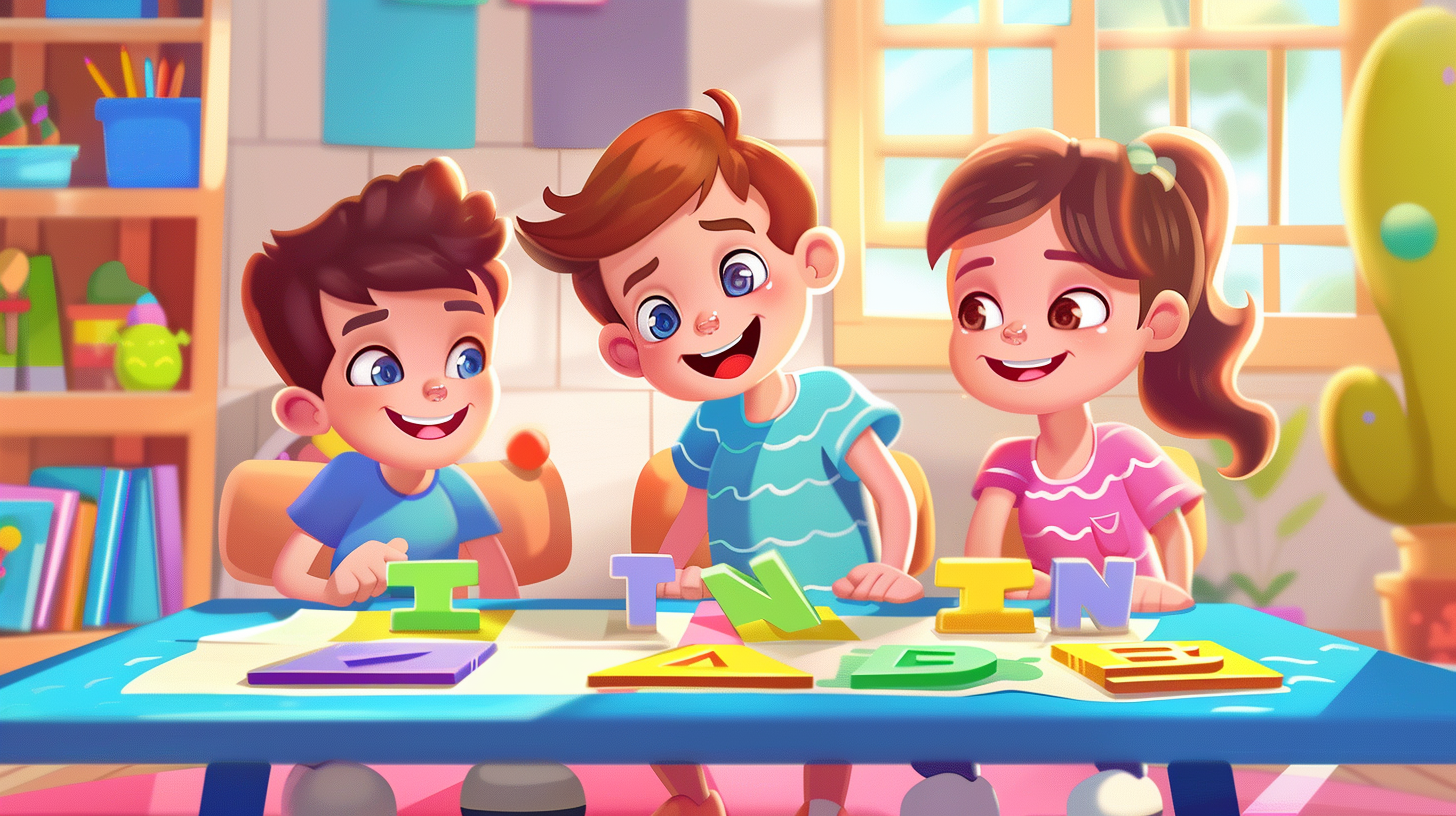
Objective
Designing visually appealing and educational flashcards is crucial for engaging preschoolers and helping them learn CVC words effectively.
Tips for Design
- When creating flashcards, use large, clear text that is easy for children to read.
- Choose a simple, legible font and ensure that the letters are printed in a contrasting color to the background.
- On the other side of the card, include colorful, engaging images that represent the CVC word.
- The pictures should be simple, focused, and easily recognizable to help children make the connection between the word and its meaning.
Interactive Techniques
- To make the flashcards more interactive, start by showing the picture side to the children and asking them to guess the word it represents.
- Then, encourage them to pronounce the word based on the image, helping them practice their phonetic awareness.
- Once they have guessed or attempted to sound out the word, reveal the text side of the flashcard and read the word together.
- This interactive technique engages children in learning, making it more memorable and enjoyable.
2. Sound Matching Games
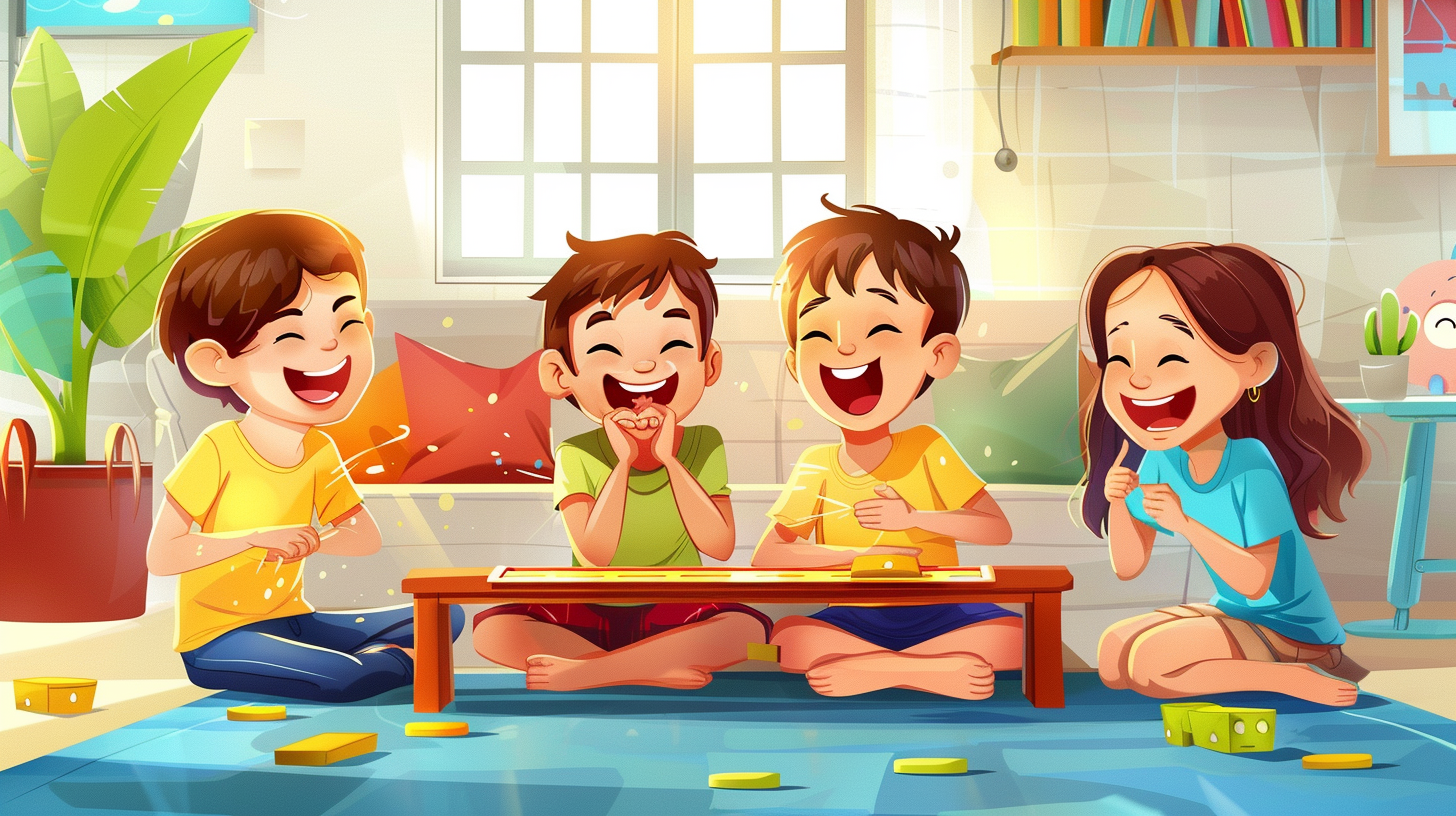
Objective
Sound-matching games help children connect phonetic sounds to visual representations, reinforcing the link between the sounds they hear and the pictures they see.
Activity Setup
- To set up the game, create two sets of cards – one with CVC words and another with corresponding images.
- Place the cards face down in two separate piles on a table or the floor.
- Children take turns flipping over one card from each pile, trying to find a match between the word and its picture.
Interactive Element
- To make the game more dynamic and engaging, incorporate sounds or songs as clues.
- For example, when a child flips over a word card, make the initial letter sound and have them guess which picture it might match.
- This adds an auditory element to the game and helps children focus on the individual sounds within each word.
3. Interactive Reading Roads

Objective
Interactive reading roads encourage children to vocalize the sounds in CVC words by “driving” over them with toy cars, promoting a multi-sensory learning experience.
Activity Setup
- To create an interactive reading road, use masking tape to make a path or “road” on the floor. Write CVC words along the path, spacing them out evenly.
- Provide small toy cars for children to drive along the road, saying each word aloud as they pass over it.
Learning Focus
- This activity emphasizes the importance of repetition and exposure in mastering sound and word recognition.
- Encourage children to drive over the words multiple times, repeating the sounds and words with each pass.
- This repetition helps reinforce the connection between the written words and their corresponding sounds.
4. Phonics Obstacle Course
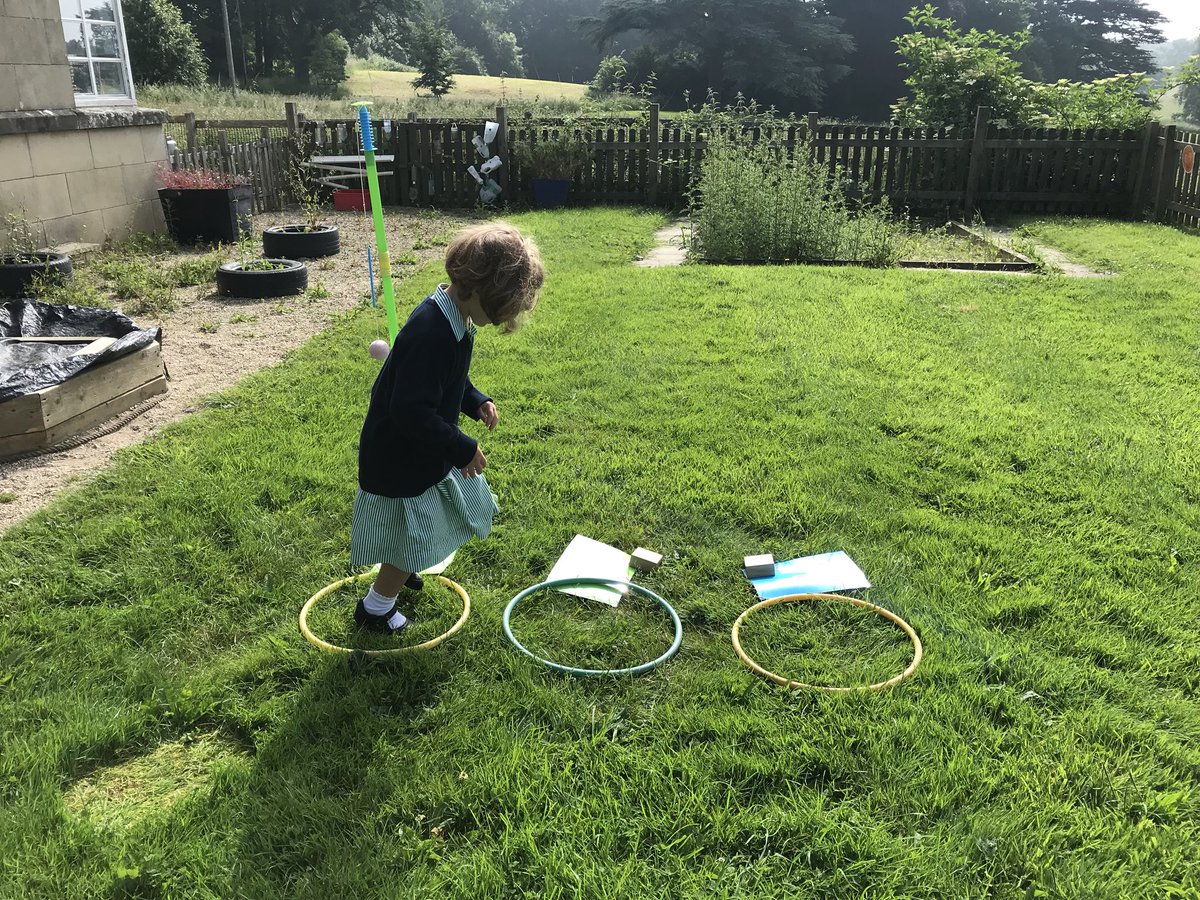
Objective
A phonics obstacle course integrates physical activity with phonics learning, creating an engaging and memorable experience for preschoolers.
Activity Setup
- Set up a simple obstacle course indoors or outdoors, with each station or stop featuring a CVC word challenge. For example, place a hula hoop on the ground with a CVC word inside it.
- Children must say the word aloud before jumping through the hoop and moving on to the next obstacle.
Engagement Tips
- Make the obstacles fun and related to the CVC words whenever possible.
- For instance, children can jump over a “mat” or crawl under a “cat” as part of the course.
- This helps create a connection between the words and the physical actions, making the learning experience more engaging and memorable.
5. Playdough Letters

Objective
Using playdough to form letters and spell out CVC words enhances fine motor skills and letter recognition, providing a tactile and kinesthetic learning experience.
Activity Setup
- Provide each child with playdough and a flat surface to work on.
- Demonstrate how to roll out the playdough and form letters, then encourage children to spell out CVC words using the playdough letters they create.
Creative Play
- Encourage creativity by allowing children to choose the words they want to spell and paint or decorate their playdough letter creations.
- This added creative play makes the activity more engaging and personalized for each child.
6. CVC Bingo
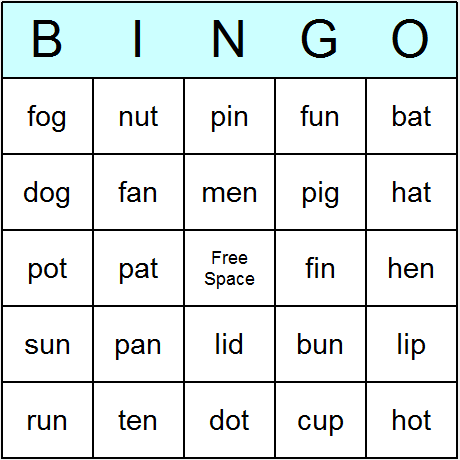
Objective
CVC Bingo reinforces listening and word recognition skills in a fun, interactive game format.
Activity Setup
- Create bingo cards with CVC words instead of numbers. Use a set of corresponding word cards as calling cards.
- To play, draw a word card and call out the word. Children must identify the word on their bingo card and cover it with a marker or token.
- The first child to cover a predetermined pattern (e.g., a straight line or all four corners) wins the game.
Game Variations
- Add variety to the game by using different ways to call out the words.
- Instead of simply saying the word, describe its use or show a picture representing it.
- This challenges children to think critically about the words and their meanings.
7. Word Building Blocks
Objective
Word building blocks incorporate a kinesthetic element into learning the spelling and structure of CVC words, allowing children to manipulate and construct words in a hands-on way.
Activity Setup
- Provide a set of blocks with letters printed on them.
- Ensure that there are enough blocks to spell out various CVC words.
- Demonstrate how to arrange the blocks to spell a word, then encourage children to build their own words using the blocks.
Interactive Challenge
- To make the activity more engaging, propose challenges such as timed sessions where children race to find and construct specific words.
- This adds an element of friendly competition and encourages children to think quickly and strategically about spelling and word structure.
8. CVC Flip Books
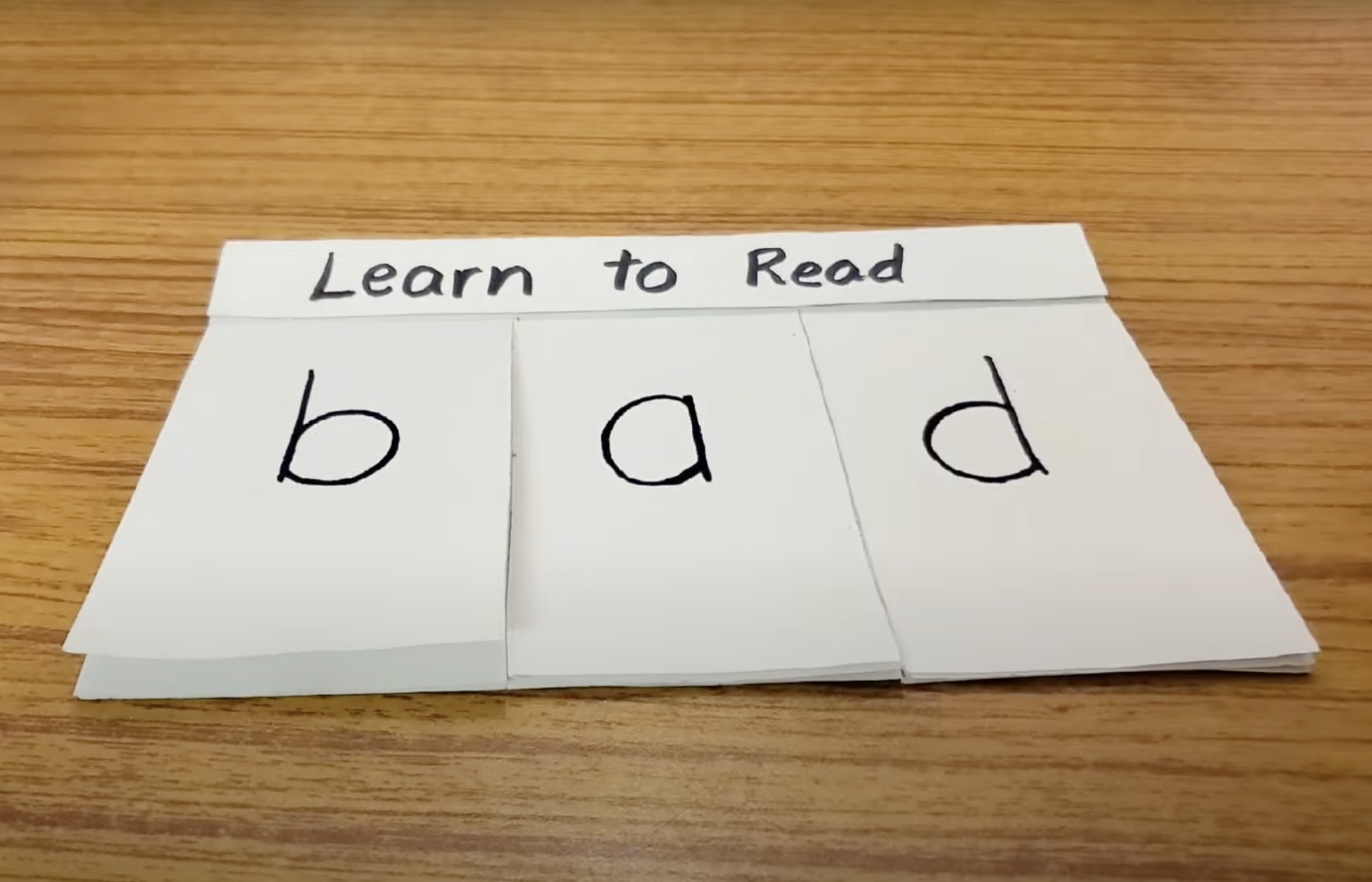
Objective
CVC flipbooks promote reading and comprehension of CVC words by providing an interactive, hands-on learning experience.
Activity Setup
- To create a CVC flip book, assemble a book with images on one side and corresponding CVC words on flip-able pages on the other side.
- For example, one page might have a picture of a cat, while the opposite page has the word “cat” split into three flip-able sections: “c,” “a,” and “t.”
Learning Focus
- Flipbooks encourage repetitive and engaged reading, as children can flip through the pages and read each word multiple times.
- This repetition enhances comprehension and fluency, helping children become more confident readers.
9. Role-Playing Reading

Objective
Role-playing reading integrates language into play by using costumes or props to act out scenarios that involve CVC words, making learning more engaging and memorable.
Activity Setup
- Provide children with costumes and props related to CVC words, such as a hat, bat, and ball for the word “bat.”
- Please encourage them to act out simple scenes or stories using these props, incorporating the corresponding CVC words into their play.
Creative Play
- By combining reading with imaginative play, children can practice using CVC words in context, enhancing their engagement and understanding of how they are used in real-life situations.
10. Treasure Hunt

Objective
A CVC word treasure hunt engages children in active learning by requiring them to read and decode clues to find hidden prizes.
Activity Setup
- Hide clues around the classroom or outdoor area, each containing a CVC word that leads to the next clue or a small prize.
- Children must read and decode each clue to progress through the treasure hunt.
Problem-Solving
- This activity promotes critical thinking and phonics skills as children work to decipher the clues and find the hidden treasures.
- It encourages them to apply their knowledge of CVC words in a fun and challenging context.
11. Story Creation

Objective
Story creation fosters creative expression and allows children to apply their learned CVC words in imaginative contexts.
Activity Setup
- Encourage children to create short stories using CVC words they have learned.
- They can write these stories down (with assistance as needed) or share them orally with the class.
Creative Output
- By creating stories, children can use their growing CVC vocabulary in new and imaginative ways, reinforcing their language skills and showcasing their understanding of these words.
12. CVC Word Puzzles
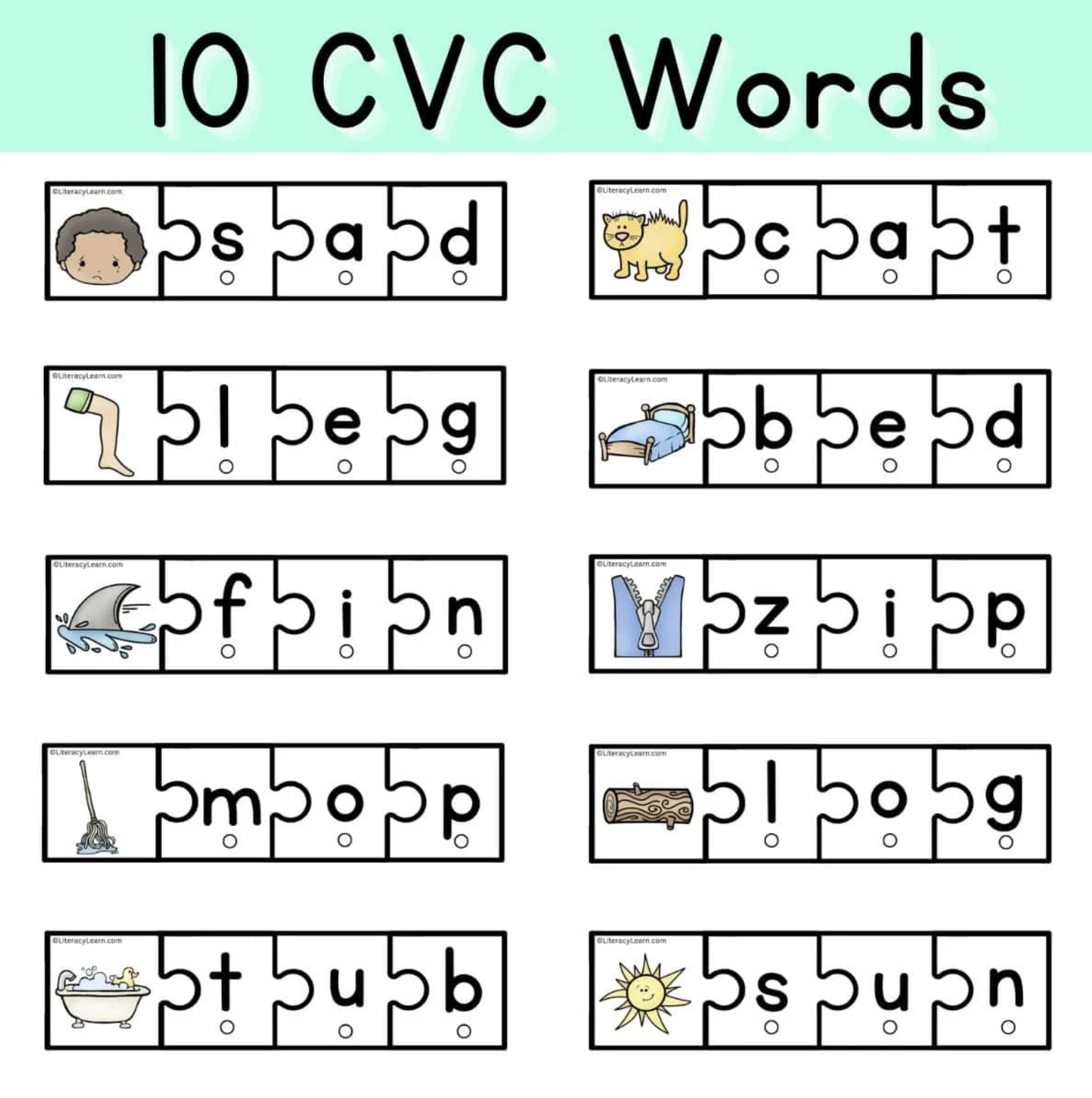
Objective
CVC word puzzles challenge children to solve problems using logical thinking and their understanding of word order.
Activity Setup
- Create puzzles where children must arrange pieces or words to form correct CVC sentences or match rhyming patterns.
- For example, a puzzle might have pieces with the words “cat,” “bat,” and “hat” that need to be arranged in the correct order.
Cognitive Development
- These puzzles enhance problem-solving skills and help children understand language structure by requiring them to think critically about word order and rhyming patterns.
13. Digital CVC Games

Objective
Digital CVC games incorporate technology to engage preschoolers interactively, providing a dynamic and engaging learning experience.
Activity Setup
- Use computer or tablet games designed to teach CVC words through interactive play.
- These games often feature colorful graphics, animations, and sound effects that capture children’s attention and make learning more enjoyable.
Technology Integration
- By incorporating digital games, you can cater to young digital natives and provide them with an interactive way to engage with CVC words and sentences.
- These games can offer immediate feedback and adapt to each child’s learning pace, making them valuable to your CVC teaching toolkit.
14. Picture Matching
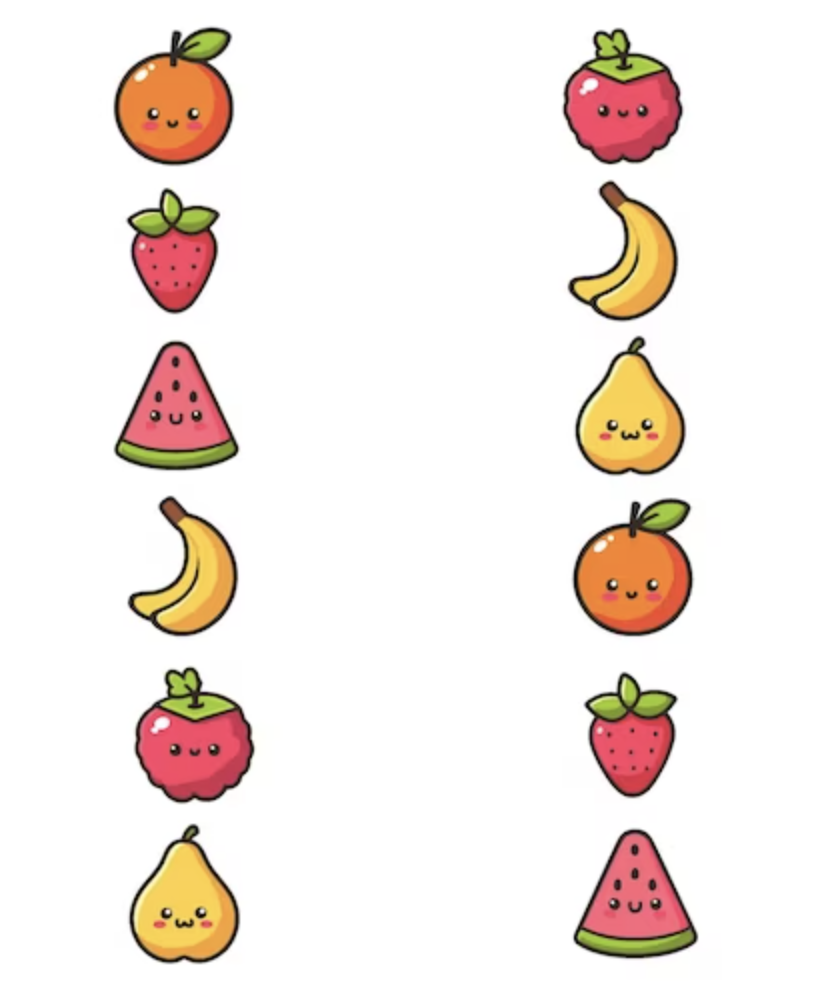
Objective
Picture-matching activities enhance word recognition and vocabulary through visual aids, helping children make connections between words and their corresponding images.
Activity Setup
- Create cards with pictures on one side and CVC words on the other. Show children the picture side of the card and ask them to identify the image.
- Then, flip the card over and help them read the CVC word. Encourage children to match the picture with the correct word.
Skill Development
- This activity focuses on developing word recognition skills and expanding vocabulary through visual association.
- By connecting images with their written words, children can better understand and remember the meaning of each CVC word.
15. Memory Card Games

Objective
Memory card games improve memory and phonetic awareness by challenging children to remember the location of matching pairs.
Activity Setup
- Create a memory game using pairs of cards, one featuring a CVC word and the other displaying a corresponding image.
- Place the cards face down in a grid pattern.
- Children take turns flipping over two cards at a time, trying to find a matching word and picture pair.
Interactive Element
- As children flip the cards and attempt to find matches, they actively engage with the CVC words and images.
- This interactive element makes the game more enjoyable and reinforces memory skills as children try to remember the location of each card.
- When a match is found, encourage the child to read the CVC word aloud, strengthening their phonetic awareness and word recognition abilities.
Conclusion
Learning CVC sentences is an essential milestone in your preschooler’s literacy journey.
By engaging them with these 15 exciting activities, you’ll make the learning process enjoyable and help them develop crucial reading and writing skills.
From interactive games and hands-on projects to creative play and digital experiences, these activities cater to various learning styles and motivate your little ones.
Remember, consistency is key – the more your preschoolers practice, the more confident they’ll become in recognizing and using CVC words.
So, dive into these activities, celebrate your children’s progress, and watch them grow into enthusiastic readers and writers.



